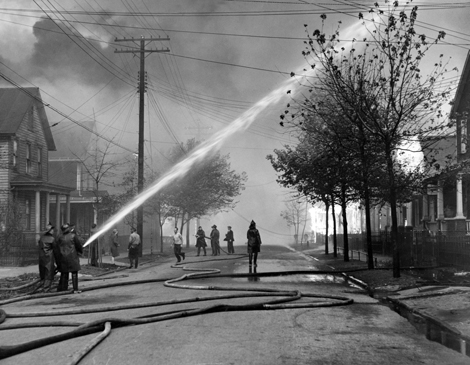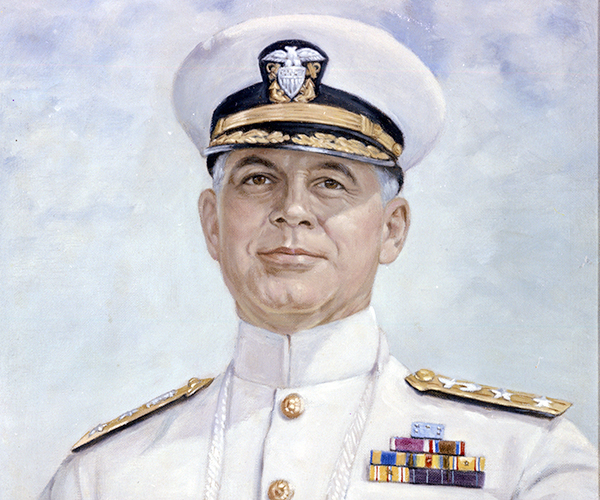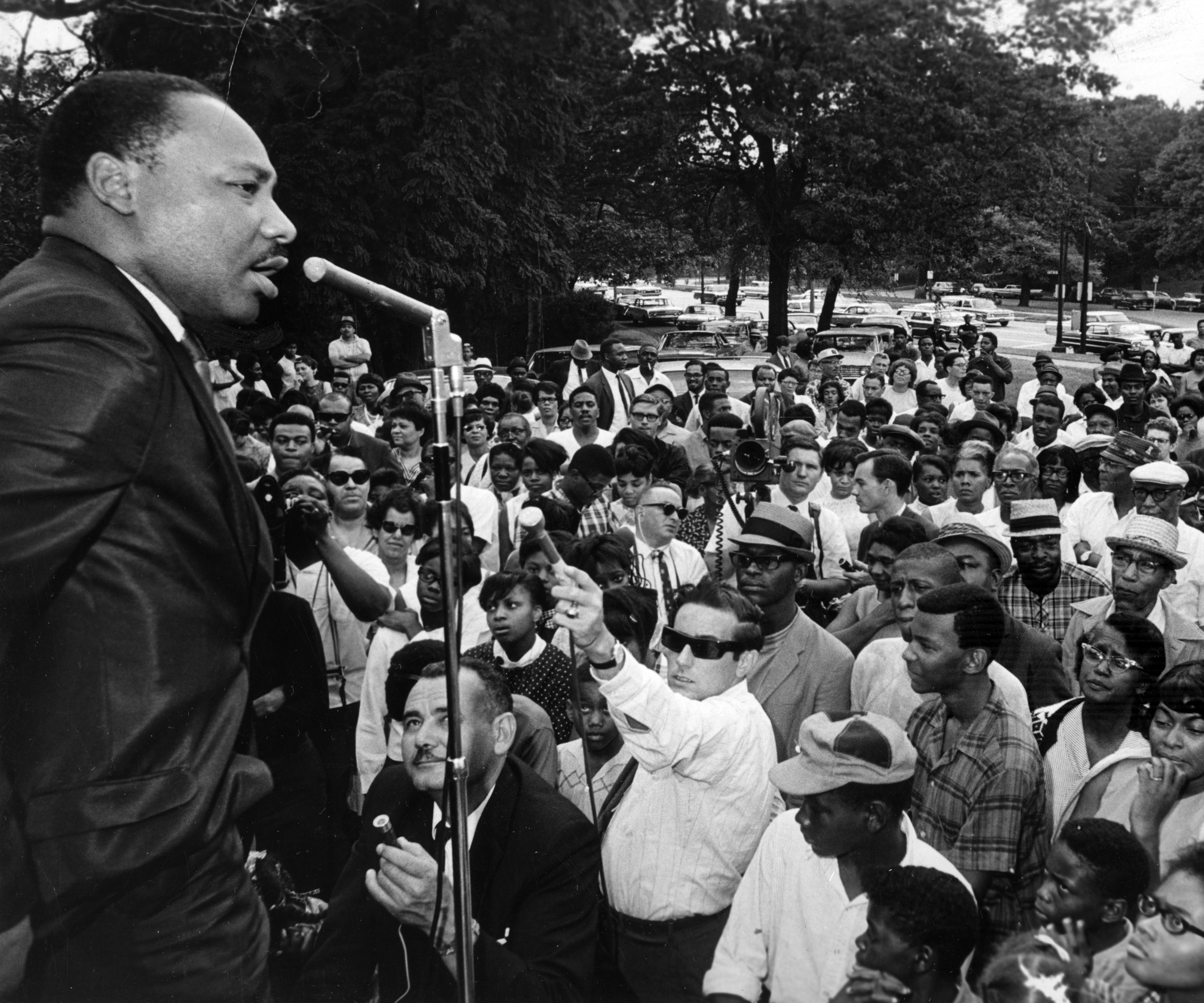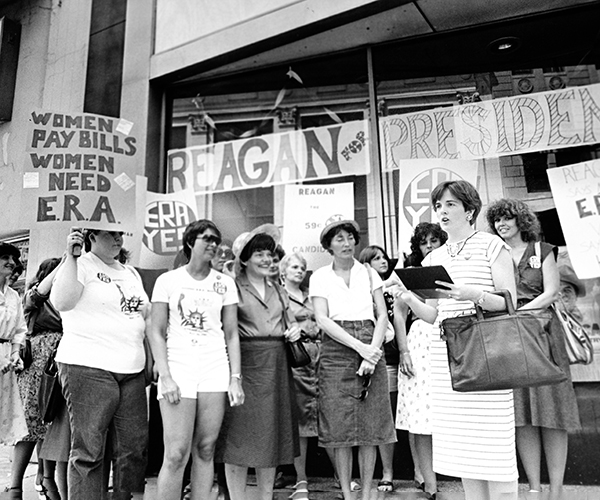The fire raged and raged. It seemed it would never go out. Working on what looks to be East 64th or East 61st Street, firemen struggled to douse the flames that had already consumed houses up the block. But the white wall of smoke, billowing high into the sky, marched onward. Soon, it could overtake them.
The fire they fought was the worst in Cleveland’s history. It began when one of the natural gas tanks at East Ohio Gas Co. a few blocks away exploded. The extremely flammable gas spread the fire more than 20 blocks, lighting houses and cars. Vaporized gas made its way into gutters and sewers. Underground explosions shook the earth underfoot.
When the fire calmed, Mayor Frank Lausche toured the rubble heaps, pointing out places he had played as a boy. “I lived here for a long time,” he said, toeing a pile of broken glass. Then he left for the safety of the perimeter.
The devastation was immense: 79 homes and two factories destroyed, 217 cars totaled, 680 people left homeless and 130 people dead. Storing natural gas near the civilian population had been a terrible mistake, The Cleveland Press editorialized. Almost an entire square mile of Cleveland was decimated.
Today, warehouses stand where houses once burned, including Sifco Industries, an aerospace manufacturer, and a complex used by Dominion Energy, which purchased East Ohio’s successor company in 2000.




